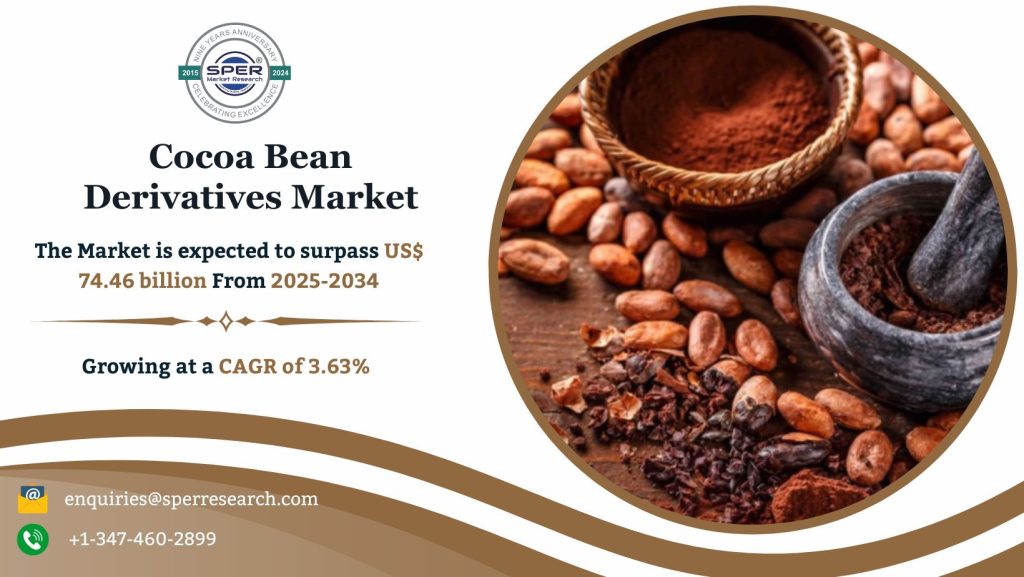Mortadella is a traditional Italian cold cut made from finely ground pork, delicately seasoned with spices like black pepper, and often studded with cubes of pork fat for added texture and flavor. Originating from Bologna, Italy, it is typically slow-cooked in large sausage-like casings to achieve its smooth, tender consistency. Known for its mild, slightly sweet taste and rich aroma, mortadella is a popular ingredient in sandwiches, charcuterie boards, and antipasto platters. Over time, variations with pistachios, olives, or truffles have emerged, making it a versatile deli meat enjoyed both in Italy and worldwide. It is also available in halal or poultry-based versions.
According to SPER Market Research, ‘Mortadella Market Growth, Size, Trends Analysis – By Form, By Distribution Channel – Regional Outlook, Competitive Strategies and Segment Forecast to 2034’ the Global Mortadella Market is estimated to reach USD 1577.32 million by 2034 with a CAGR of 5.66%.
Drivers:
The global mortadella market is growing steadily due to increased consumer interest in premium, flavorful processed meats. People are now more inclined toward traditional European-style deli items, particularly in gourmet restaurants and premium retail outlets. To meet varying consumer needs, producers are offering healthier versions such as low-fat, organic, halal-certified, and even plant-based alternatives. Advances in packaging and preservation have made mortadella products more shelf-stable, extending reach into convenience and e-commerce channels. The popularity of Western cuisine and charcuterie boards, especially among urban consumers, has also played a role in expanding the market. Additionally, rising disposable incomes and changing food habits are creating more opportunities for this classic sausage.
For More detailed Analysis in PDF Format – https://www.sperresearch.com/report-store/mortadella-market.aspx?sample=1
Restraints:
Despite positive growth, the mortadella market is limited by several challenges. Increasing awareness around health risks associated with processed meats such as high sodium, saturated fat, and chemical additives has led many consumers to seek healthier alternatives. Regulatory complexities concerning food labeling and safety standards in different regions also add pressure, often increasing production costs. Fluctuating pork prices can impact profit margins and make pricing inconsistent. Moreover, plant-based meat options and a shift toward vegan or flexitarian diets are creating strong competition, reducing the demand for traditional deli meats. Environmental concerns around meat production are further pushing some consumers away from animal-based products, especially in health-conscious and eco-aware markets.
Europe leads the mortadella market due to its cultural roots, strong demand for deli meats, and well-established production and distribution. Some key players are- Hormel Foods, Campofrio Food Group, Columbus Manufacturing, Inc., Fairfield Cheese Company, Felsineo, Montorsi, Gourmet Food Store, F.lli Veroni fu Angelo SpA and others.
For More Information, refer to below link: –
Related Reports:
Wearable Materials Market Growth
Fruit-flavour Drink Compounds Market Size
Follow Us –
LinkedIn | Instagram | Facebook | Twitter
Contact Us:
Sara Lopes, Business Consultant — USA
SPER Market Research
enquiries@sperresearch.com
+1–347–460–2899









